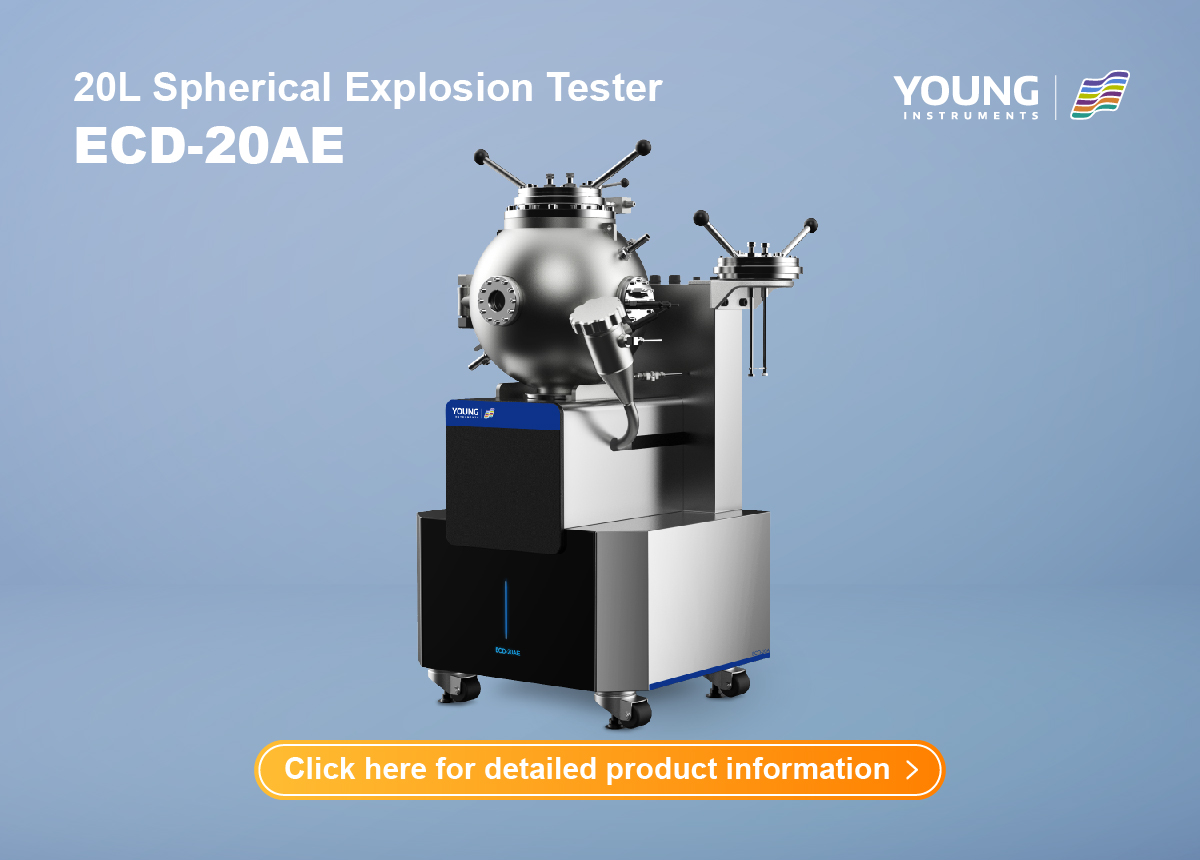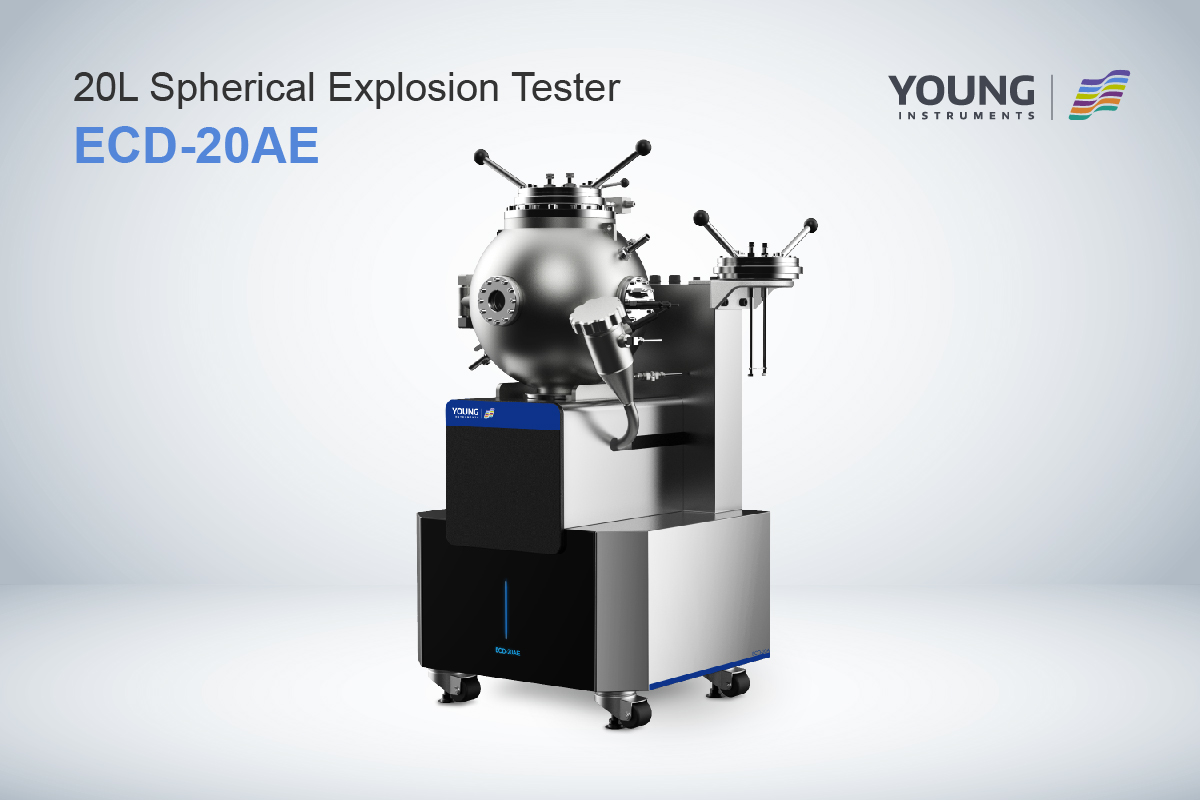Dust Explosion Severity Test: Understanding the Risks and Mitigation Strategies
If you work in an industry that handles combustible materials, you know how important it is to ensure the safety of your employees and facilities. One of the most critical aspects of safety in these environments is preventing dust explosions. Dust explosions can cause significant damage to equipment and structures, and they can also lead to injuries or fatalities. This is where the Dust Explosion Severity Test comes in.
The Dust Explosion Severity Test is a process that measures the severity of an explosion that may occur in a given environment. This test is used to determine the potential effects of an explosion on surrounding structures, equipment, and personnel. The results of this test provide crucial information that helps engineers and safety professionals design and implement effective safety measures to prevent dust explosions.
During the Dust Explosion Severity Test, a known amount of the sample is weighed and then placed in the dust storage chamber or on top of the rebound nozzle if there is too much dust to fit in the dispersion chamber. Then the chamber is evacuated to near vacuum. The procedure followed for the test is similar to the MEC or explosion severity test where for each test, a known amount of sample is weighed and then placed in the dust storage chamber or on top of the rebound nozzle if there is too much dust to fit in the dispersion chamber.
Fundamentals of Dust Explosions
Defining Dust Explosion
A dust explosion occurs when a combustible material, in the form of fine particles or dust, is suspended in the air and comes into contact with an ignition source. This can lead to a rapid combustion process that creates a pressure wave, heat, and fire. Dust explosions can be catastrophic, causing severe damage to structures, equipment, and personnel.
The severity of a dust explosion depends on several factors, including the concentration of dust in the air, the size of the particles, and the nature of the combustible material. For example, some materials, such as coal dust and grain dust, are more prone to explosion than others.
Conditions for Dust Explosion
To occur, a dust explosion requires three conditions, known as the “Dust Explosion Triangle”. These are:
- Fuel: The combustible material in the form of fine particles or dust.
- Oxygen: The presence of oxygen in the air.
- Ignition source: A spark, heat, or flame that can ignite the fuel.
If any one of these conditions is missing, a dust explosion cannot occur. However, when all three conditions are present, a dust explosion can happen very quickly, often with devastating consequences.
It is important to note that dust explosions can occur in a variety of settings, including manufacturing facilities, grain elevators, and even in homes. Therefore, it is crucial to take measures to prevent dust explosions, such as ensuring proper ventilation, cleaning up dust regularly, and implementing explosion mitigation strategies.
In the next section, we will discuss the Dust Explosion Severity Test, which is a critical tool for assessing the potential risk of a dust explosion.
Dust Explosion Severity Test Overview
If you work in an industrial facility that handles combustible materials, you must be aware of the potential risks associated with dust explosions. One way to ensure safety is by conducting a dust explosion severity test, which measures the severity of an explosion that may occur in a given environment to determine its potential effects on the surrounding structures, equipment, and personnel.
Purpose of Testing
The primary purpose of the dust explosion severity test is to determine the maximum pressure (Pmax), maximum rate of pressure rise (dP/dt)max, and dust constant Kst value of an ignited powder dispersed in the air as a dust cloud. This test generates useful data for any dust that can form a flammable atmosphere. It also determines the maximum explosion pressure and provides crucial information that helps engineers and safety professionals design and implement effective explosion protection measures.
Test Methodology
The dust explosion severity test involves dispersing dust samples of varying quantities within a spherical enclosure with a volume of 20 liters and igniting them by chemical igniters with a total energy. The severity of an explosion caused by the ignition of a flammable atmosphere in a confined space is defined by the (maximum) rate of pressure rise resulting from the expanding fireball and the maximum explosion pressure developed.
The test is generally conducted in a 20L sphere because it is directly scalable to the 1m³ sphere, which is the original instrument used to test combustible dust. The 1-m³ chamber is considered to be the “gold standard” for dust testing and is useful for providing data in instances where it would be beneficial to do so.
In conclusion, the dust explosion severity test is a critical process in ensuring the safety of industrial facilities that handle combustible materials. The test results provide crucial information that helps engineers and safety professionals design and implement effective explosion protection measures.
Preparation of Dust Samples
To perform a Dust Explosion Severity Test, you need to prepare dust samples. This section covers the two major steps involved in preparing dust samples: Sample Collection and Sample Conditioning.
Sample Collection
To collect a representative sample, you need to follow a few guidelines. First, collect samples from the places where the dust is likely to accumulate. Second, collect samples from different areas to ensure that the sample is representative. Third, collect samples over a period of time to ensure that the sample represents the dust generated during normal operations.
Once you have collected the sample, you need to store it in a clean and dry container. Label the container with the date, time, location, and any other relevant information. Store the sample in a cool and dry place until you are ready to conduct the test.
Sample Conditioning
Before conducting the test, you need to condition the sample to ensure that it is homogeneous and representative. Conditioning involves a few steps:
-
Sieving: Sieve the sample to remove any large particles that may affect the test results. Use a sieve with an appropriate mesh size to ensure that the sample is homogeneous.
-
Mixing: Mix the sample thoroughly to ensure that it is homogeneous. Use a clean and dry container to mix the sample. You can use a mechanical mixer or mix the sample by hand.
-
Drying: Dry the sample to remove any moisture that may affect the test results. Use a drying oven or a desiccator to dry the sample. The drying temperature and time depend on the type of dust and the moisture content.
Once you have conditioned the sample, you are ready to conduct the Dust Explosion Severity Test.
Severity Measurement Parameters
To determine the severity of a dust explosion, two primary parameters are measured: Maximum Explosion Pressure (Pmax) and KSt Value and Dust Deflagration Index.
Maximum Explosion Pressure
Maximum Explosion Pressure (Pmax) is the maximum pressure generated by the explosion. It is measured in bars or pounds per square inch (psi). Pmax is an important parameter because it determines the amount of damage that can be caused by an explosion. The higher the Pmax, the more severe the explosion.
KSt Value and Dust Deflagration Index
KSt Value is a measure of the rate of pressure rise during an explosion. It is expressed in bar-meters per second or psi-feet per minute. KSt value is used to determine the explosiveness of a dust cloud. The higher the KSt value, the more explosive the dust cloud.
Dust Deflagration Index (DDI) is another measure of the explosiveness of a dust cloud. It is calculated by multiplying KSt value by the square root of the dust concentration. DDI is expressed in bar-meters or psi-feet. DDI is used to determine the minimum ignition energy required to ignite a dust cloud.
Both Pmax and KSt value are determined by conducting an explosion severity test. This test involves suspending a dust cloud in a test vessel and igniting it. The pressure generated by the explosion is measured, and the Pmax and KSt value are calculated. The results of the test are used to determine the potential hazards associated with handling and processing combustible dusts.
In summary, Maximum Explosion Pressure (Pmax) and KSt Value and Dust Deflagration Index are the two primary parameters used to measure the severity of a dust explosion. These parameters are determined by conducting an explosion severity test, which is used to assess the potential hazards associated with handling and processing combustible dusts.
Test Equipment and Safety
Test Apparatus
To conduct a dust explosion severity test, you will need specialized equipment. The most common equipment used for testing includes a 20-liter explosion chamber, a pressure transducer, and a data acquisition system. The explosion chamber is designed to contain the dust explosion and measure the resulting pressure and rate of pressure rise. The pressure transducer is used to measure the pressure inside the chamber during the explosion, while the data acquisition system records and analyzes the data.
Safety Precautions
When conducting a dust explosion severity test, safety is of utmost importance. Before conducting the test, ensure that you have the appropriate safety equipment, including personal protective equipment (PPE), fire extinguishers, and emergency response plans. You should also ensure that the test is conducted in a safe location, away from flammable materials and ignition sources.
During the test, take all necessary precautions to prevent the ignition of the dust. This includes grounding all equipment, using non-sparking tools, and ensuring that the dust is properly dispersed in the chamber. You should also limit the amount of dust used in the test to the minimum amount required to obtain accurate results.
After the test, dispose of any remaining dust in a safe and appropriate manner. Clean the test equipment thoroughly to prevent the buildup of combustible dust and the risk of future explosions.
By following these safety precautions and using the appropriate test equipment, you can conduct a dust explosion severity test safely and accurately.








































